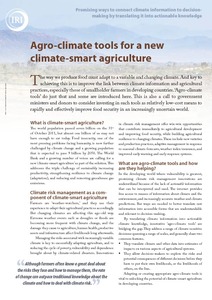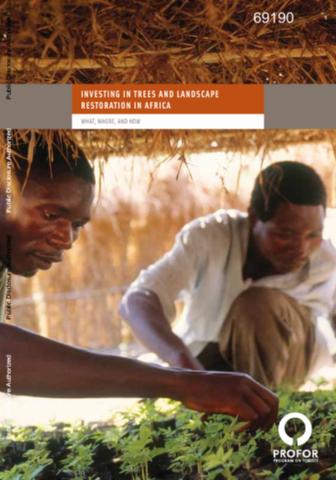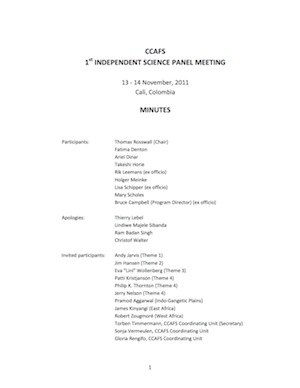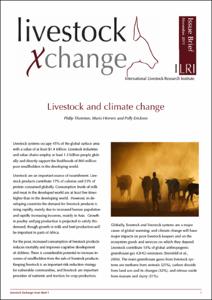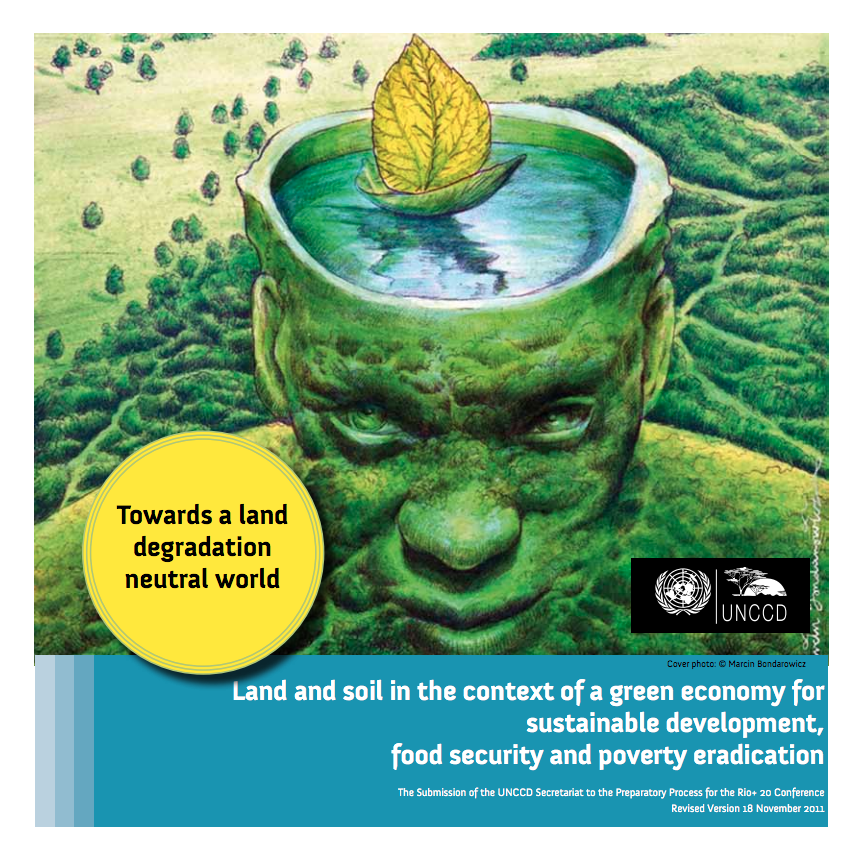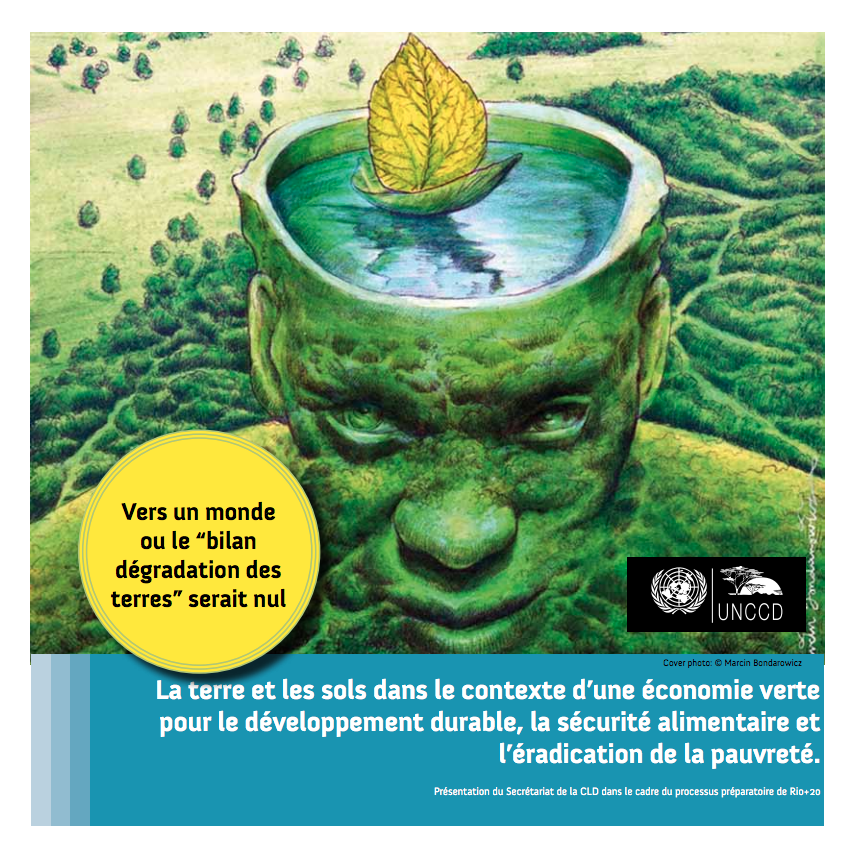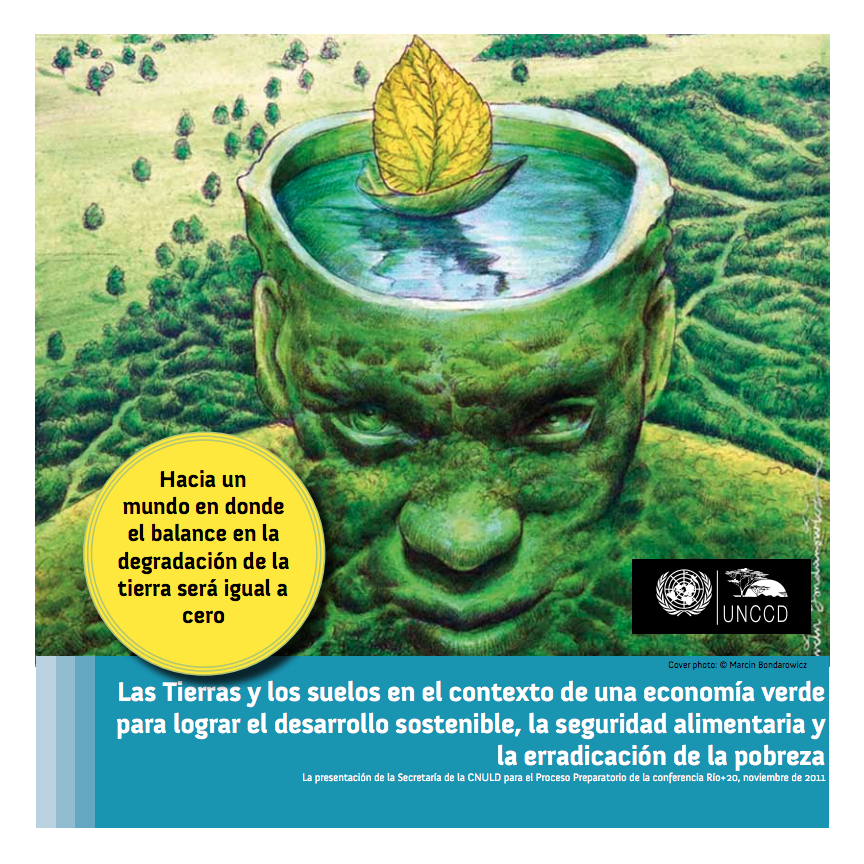Agro-climate tools for a new climate-smart agriculture
The way we produce food must adapt to a variable and changing climate. And key to achieving this is to improve the link between climate information and agricultural practices, especially those of smallholder farmers in developing countries. ‘Agro-climate tools’ do just that and some are introduced here.

